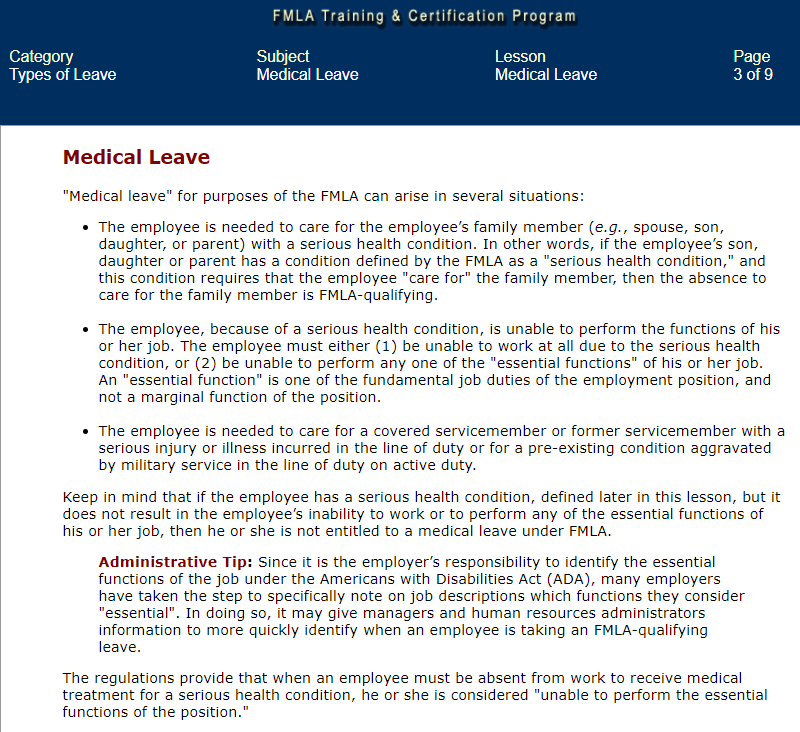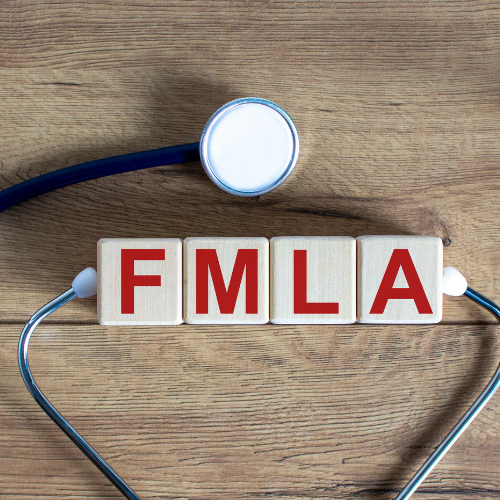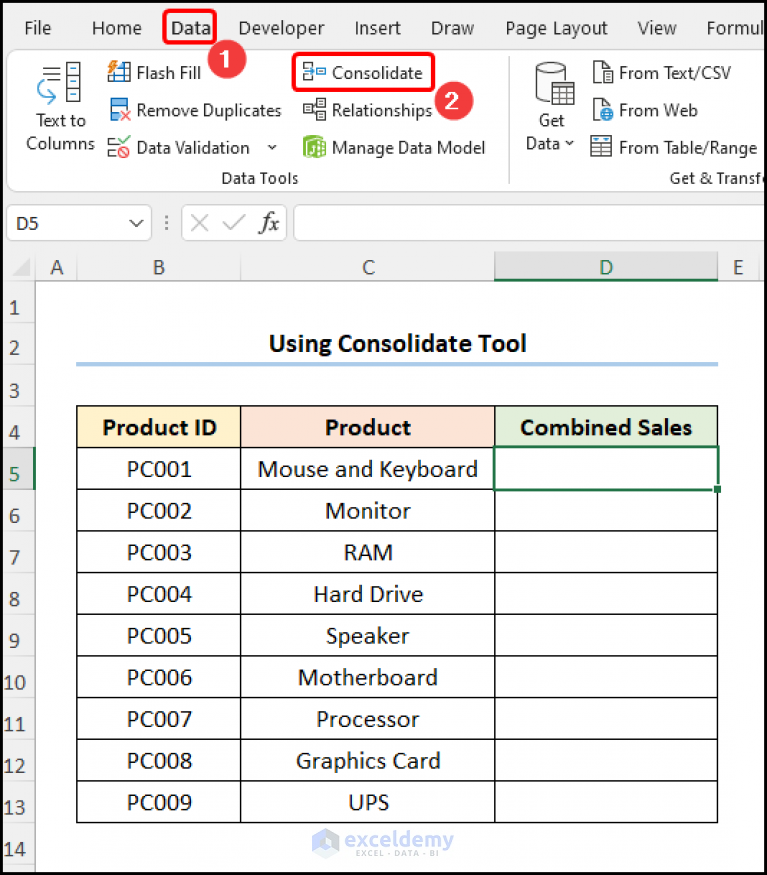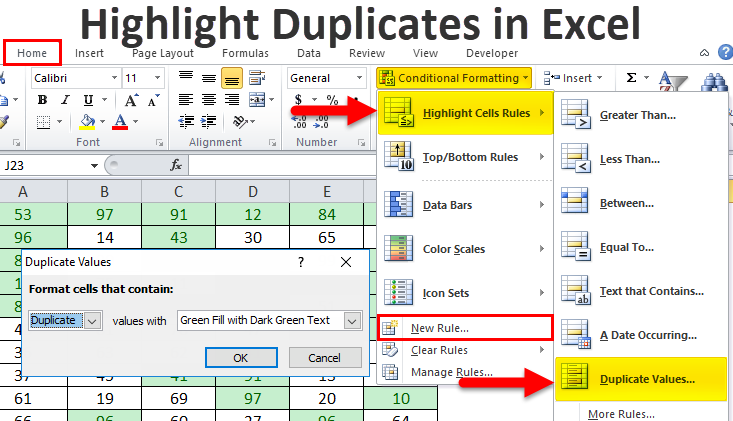FMLA Paperwork Guide: What You Need to Know

If you're an employee in the United States, understanding the Family and Medical Leave Act (FMLA) and its associated paperwork can be critical. The FMLA provides eligible employees with up to 12 workweeks of unpaid, job-protected leave per year. However, navigating the paperwork and understanding the eligibility criteria can be quite daunting. This guide is designed to help you understand the steps involved, the necessary documentation, and key considerations when seeking FMLA leave.
Understanding FMLA Eligibility

Before diving into the paperwork, it’s crucial to know if you qualify for FMLA leave:
- You must work for a covered employer, which typically means companies with 50 or more employees.
- You need to have worked for this employer for at least 12 months.
- Within those 12 months, you must have worked at least 1,250 hours.
⚠️ Note: FMLA does not apply to self-employed individuals or elected officials.
The FMLA Process

Step 1: Notification

When you decide to take FMLA leave, you should:
- Notify your employer at least 30 days in advance if the leave is foreseeable.
- Provide notice as soon as possible if the need for leave is not foreseeable.
Key Points:
- Notice should be in writing to keep clear records.
- If you're unsure about the eligibility, ask for clarification from your HR department.
Step 2: FMLA Forms

Your employer will provide you with the necessary FMLA forms. Here’s what they might include:
- WH-380-E: Certification of Health Care Provider for Employee's Serious Health Condition.
- WH-380-F: Certification of Health Care Provider for Family Member's Serious Health Condition.
- WH-384: Designation Notice.
- WH-385: Military Family Leave Notice.
| Form | Purpose |
|---|---|
| WH-380-E | Employee's health condition |
| WH-380-F | Family member's health condition |
| WH-384 | Notice of eligibility and rights |
| WH-385 | Military family leave |

Step 3: Medical Certification

Your health care provider will need to:
- Complete the appropriate certification form.
- Detail the medical condition, treatment plan, and expected duration of the leave.
Ensure that your provider understands the importance of providing thorough and accurate information to avoid delays or denials.
Step 4: Employer's Response

Your employer will:
- Review your request and medical certification.
- Provide you with a Designation Notice indicating whether your leave will be designated as FMLA.
- Discuss possible leave options (e.g., intermittent leave or reduced leave schedule).
Key Paperwork Considerations

Accuracy and Detail

Make sure that all forms are filled out accurately:
- Ensure dates are consistent and precise.
- Clarify any ambiguous or unclear information with your provider or HR.
Privacy

Remember that:
- Medical information should be kept confidential by your employer.
- You can request to have sensitive documents returned to you or securely disposed of.
Record Keeping

Maintain:
- Copies of all documents you submit.
- All communications with HR or your employer.
📌 Note: Some companies might have their proprietary forms, but these should generally align with the federal forms in content and purpose.
Returning to Work

Upon returning from FMLA leave:
- You are entitled to return to the same or an equivalent position.
- Submit any required medical clearance or work restrictions, if applicable.
🔄 Note: If you do not return to work after FMLA leave, your employer might recoup health insurance premiums if they were paid during your leave.
Final Thoughts

Navigating FMLA paperwork might seem overwhelming, but with the right information and understanding, it can be manageable. Ensuring you follow the correct steps, provide accurate documentation, and maintain open communication with your employer can help facilitate a smoother leave process. Remember, FMLA is there to support you during times of serious health conditions or family obligations, and understanding the process is key to leveraging this right effectively.
What happens if I don’t fill out the FMLA forms correctly?

+
If the forms are not filled out correctly or are incomplete, your employer might deny your FMLA request or ask for further information. It could delay your leave or result in issues regarding job protection and benefits.
Can my employer request additional medical certification?

+
Yes, in some cases, your employer might ask for second or third medical opinions, or require periodic recertifications. However, they must pay for any additional certification beyond the initial one.
What if I need more than 12 weeks?

+
FMLA provides up to 12 weeks in a 12-month period. If more time is needed, you might need to explore other leave options, like disability leave, or make arrangements with your employer.



